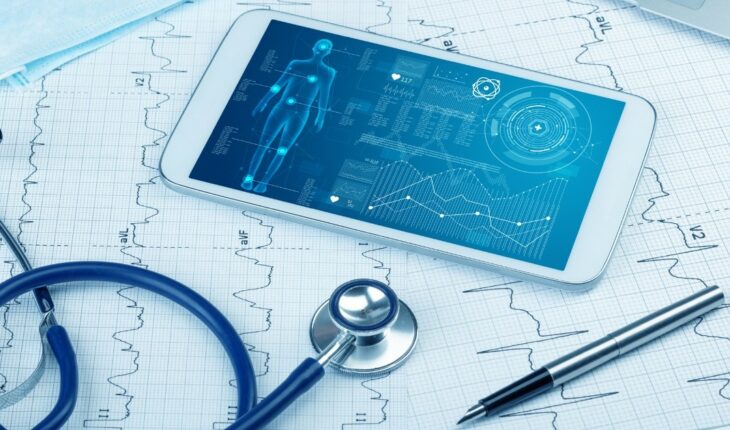Over the past year, proper hospital inventory management has become quite important in improving patient care. Driven by the need to adapt to this change in technology, clinical environments have incorporated trends such as mobile scanning and automation into their operations. The 2022 Zebra Hospitals future study shows that momentum will continue in the coming months and many hospitals will choose to invest in technologies that automate workflows, information sharing and decision making. In fact, 89% of hospital executives and 83% of physicians surveyed agree that real-time intelligence is essential for optimal patient care. In the case of Latin America, the study indicates that for 84% of industry leaders, locating medical equipment and devices is a task that must be timely and quickly managed by hospital staff. These figures reflect the interest in responding to the challenge of constantly moving staff having full visibility into assets, regardless of their location. This leads the sector to a big challenge: to coordinate everyone involved so that the implementation of technology is done in the areas where patients really need it and staff are required. This and other trends identified within the study and based on conversations with important players in the sector will be presented by Zebra Technologies within the framework of the largest event in the sector, HIMSS, of the Global Society for Management Systems and Health Information.
Inventory management and real-time asset tracking
Limited data remains a major barrier for many hospitals and inventory visibility becomes even more critical in unexpected and emerging situations. Therefore, the connection between clinical need and supply chain is a prominent trend that will continue to increase in popularity. It is expected to see almost all clinical and non-clinical departments increase their use of real-time location solutions (RTLS) for the management of all types of assets, from medicines and medical devices to samples, staff and patients. Radio frequency identification (RFID), Bluetooth® Low Energy and other location technologies can link doctors to the supply chain in real time, if properly integrated with the management systems of the entities. Four in 10 respondents in the study said their hospitals saw increases in the accuracy of supply tracking and inventory management after implementing only clinical mobility solutions. And 83% said they plan to implement workflow automation to manage the supply chain in the coming year, which will inject even more efficiency.
Workflow automation and patient data security
A technology and connectivity strategy is required across all functional areas of healthcare to facilitate staff communication, increase collaboration, and improve responsiveness. As the adoption of the Internet of Things (IoT) accelerates, more sophisticated real-time location technologies are gaining relevance, beyond the fundamental purposes of asset management. In fact, 36% of hospital decision makers surveyed say these solutions are currently being used for dynamic notifications of their workflows, while another 35% expect to implement them by this end next year. Automation can also provide automated analytics and reporting, allowing vendors to turn their data into action. A great example of the power of automation is the use of analytics to drive periodic automatic replenishment demand (PAR) planning.[2], with which institutions can eliminate excess and obsolete stock and generate demand planning reports, among others.
Expansion of telemedicine and cloud services
With more data than ever available to physicians, it is imperative that hospitals maximize the usefulness of these data flows by using an integrated systems approach. For many, this means moving their operations from an on-premises enterprise resource planning (ERP) solution to a cloud solution. This is important for real-time visibility and comprehensive for accessibility. With telemedicine and trBelow remote becoming increasingly popular, it is also vital to have access to data outside the four walls of the hospital. Cloud technology also enables IT teams to manage and update mobile devices remotely through a mobile device management (MDM) system. This saves time and eliminates the headache of having to touch each device to perform updates or security settings manually.
Proper patient identification
New technologies for the health sector and clinical mobility allow the security and protection of patient data, as these are stored and encrypted in the applications of devices designed especially for the sector, instead of in papers that rotate hands or in personal devices of the staff. This point has become a relief for entities that have implemented mobile technological solutions to comply with the requirements and regulations of patient data processing. Although major investments in technology within healthcare focus on clinical mobility to ease the workload of staff, institutions are not staying there and have increased their willingness and openness to new solutions.” Increasingly, systems inside and outside the hospital are connected and are transforming the healthcare delivery system, creating high-efficiency workflows that minimize errors and reduce costs,” says Andrés Ávila, marketing manager for the health sector of Zebra Technologies Latin America.I followed all the technological trends of the hospital sector from the voice of its experts and do not miss any detail of the most important event of health on the official WEBSITE of HIMSS.





